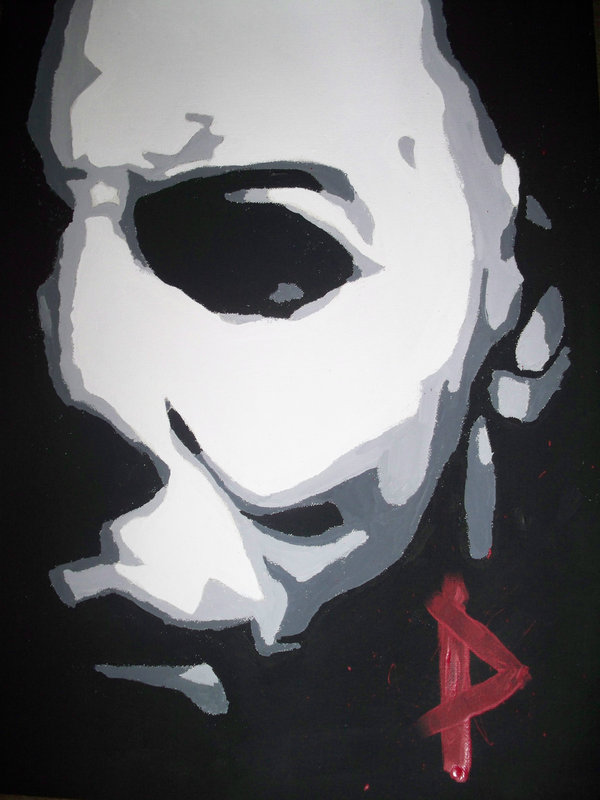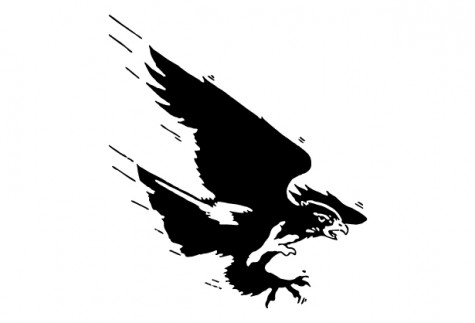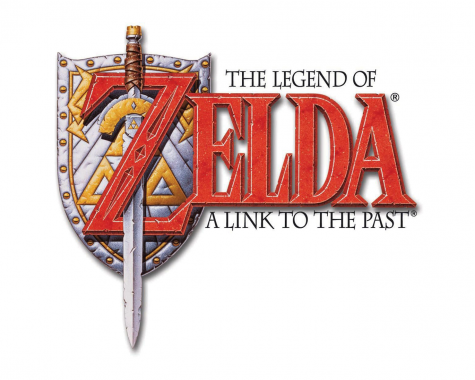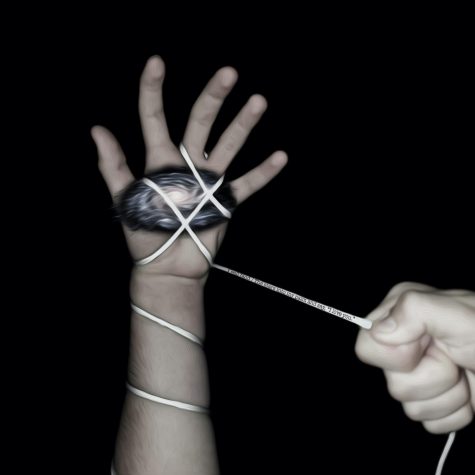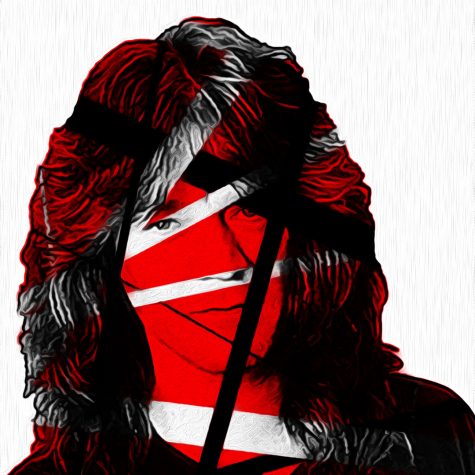Can the Past Slash its Way into the Present?
Photo Credit: Fr33Doom
November 13, 2018
Halloween opened last month with a record $76.2 million debut, grossing more in three days than any horror film save for IT’s $127 million debut a year ago. Blumhouse was able to take a dusty old property and get modern audiences excited about the story of Laurie Strode and Michael Myers. Horror is currently in a boom, with movies like Get Out, IT, and A Quiet Place all bringing in big grosses and good reviews. Companies such as Blumhouse and New Line Cinema have been able to get audiences to go to horror movies in record numbers. But have we reached a point where we can create high-quality continuations of other franchises of the 80s and 90s? Remakes were a fad a decade ago, and the results of those were not very promising. Slasher movies, in particular, have not been all that popular since the late 90s, with supernatural horror being the biggest draw at the moment. Even though Halloween bucked the trend and was a huge success, can any other old franchise recapture the results?
Making a good movie and letting people know it’s good helps. Halloween premiered at the Toronto Film Festival more than a month before its release, and the word immediately got out that it was a worthy continuation of the original. By ignoring every prior sequel, the film was able to take things back to the basics and focus entirely on Michael being a force of evil. No long origin stories, no sibling obsession, no weird cults. The movie understands that Michael is like the Joker in that he doesn’t need any backstory and it is much more interesting to see them without needing to sympathize. And it mostly works. The film tries to juggle too many subplots at the beginning, and at times the filmmakers overdo it with homages to the original. Even then, some of these references are very effective. David Gorden Green was able to stage some very tense sequences, particularly one sequence which uses automatic lights to keep you on the edge of your seat. The finale itself is worth the price of admission.
The stars of the original being back created a lot of buzz months before the movie was released. Bringing back the original final girl, Laurie Strode, played again by Jamie Lee Curtis, brought a sense of nostalgia and prestige to the franchise, and having the original Michael Myers back after 40 years, though for one scene, helped with this back-to-the-basics notion. The movie also makes sure that you are invested in Laurie’s character, so that when the showdown with Michael does come, you are cheering for her and not for Michael. The new characters in the film are also compelling (to a certain extent), especially Laurie’s daughter and granddaughter (and Julian!). Many of them are fleshed out enough that you also don’t cheer for their deaths. And thank you to whoever finally gave Judy Greer something to do in a blockbuster. Beyond the actors, having the stamp of approval and involvement of the original film’s director, John Carpenter, also helped build hype and get genre fans excited (not to mention his return scoring the film). This is how you get a 40-year-old franchise to make almost eighty million dollars in a single weekend.
However, are there any other franchises in a similar position? A lot of the marketing for this movie was centered on a PTSD-afflicted Laurie fighting Michael again. Most final girls in other famous 80s franchises like A Nightmare on Elm Street and Friday the 13th are dead within their franchise or have not remained in the Hollywood spotlight in the way that Jamie Lee Curtis has. In those specific cases, New Line and Paramount would have to find a way to create interesting characters to continue the stories of Freddy and Jason and have it be as effective. As the somewhat recent remakes of both of those movies show, the villain alone isn’t going to create a new franchise. The brand name alone would bring about nostalgia, but you would not be able to sell the movie on returning actors and long-awaited showdowns in the way Halloween was.
The franchise in the best position for recreating what Halloween did is Scream since Neve Campbell’s Sydney is similar to Laurie Strode in many ways, and it is the only franchise that has living characters and actors around that people somewhat care about. It would also be easy for Blumhouse to be involved, as it’s currently in rights limbo. A sequel featuring a final showdown of Sydney and Ghostface could successfully be sold, but only if it bucks the trend in the self-aware, satirical way that Scream did back in 1996. It would have to bring back David Arquette’s Dewey and Courtney Cox’s Gale as well. The biggest roadblock (other than Arquette and Cox’s divorce) would be the passing of Wes Craven, the director of each prior film in the franchise. There would be no stamp of approval, and the producers would have to be very aware of that fact and not go against his original vision for the movie should it be pursued. It would help if Kevin Williamson were brought back to write the script, as his dialogue and characterization are a big part of what made Scream seem so different. As long as the studio finds another director who won’t disrespect Craven’s vision but will take the franchise in new directions, they could create a situation similar to the factors that have made Halloween a runaway success.
The horror genre stands at a position where supernatural movies are much more common than slashers, even if we are only a few years away from when many of these big franchises were being remade. After last month, many of these movies will presumably be announced soon (a redo of Child’s Play with Aubrey Plaza and Bryan Tyree Henry is in the works already), and hope to follow in the footsteps of Halloween. However, many of those will bank on brand name and nostalgia alone. What made Halloween work was the story of Laurie finally facing her demons in a way that was exciting for older audiences who wanted to see a sequel to the horror movie of their childhood yet stand-alone enough for teens who simply wanted to see an old crazy lady fight a creepy guy with a knife. The overall quality of the film and the buzzy elements that it was able to market beyond simply leaning into the brand name are what led to it breaking out, and what other franchises need to emulate if they want to be reborn into a modern franchise.
